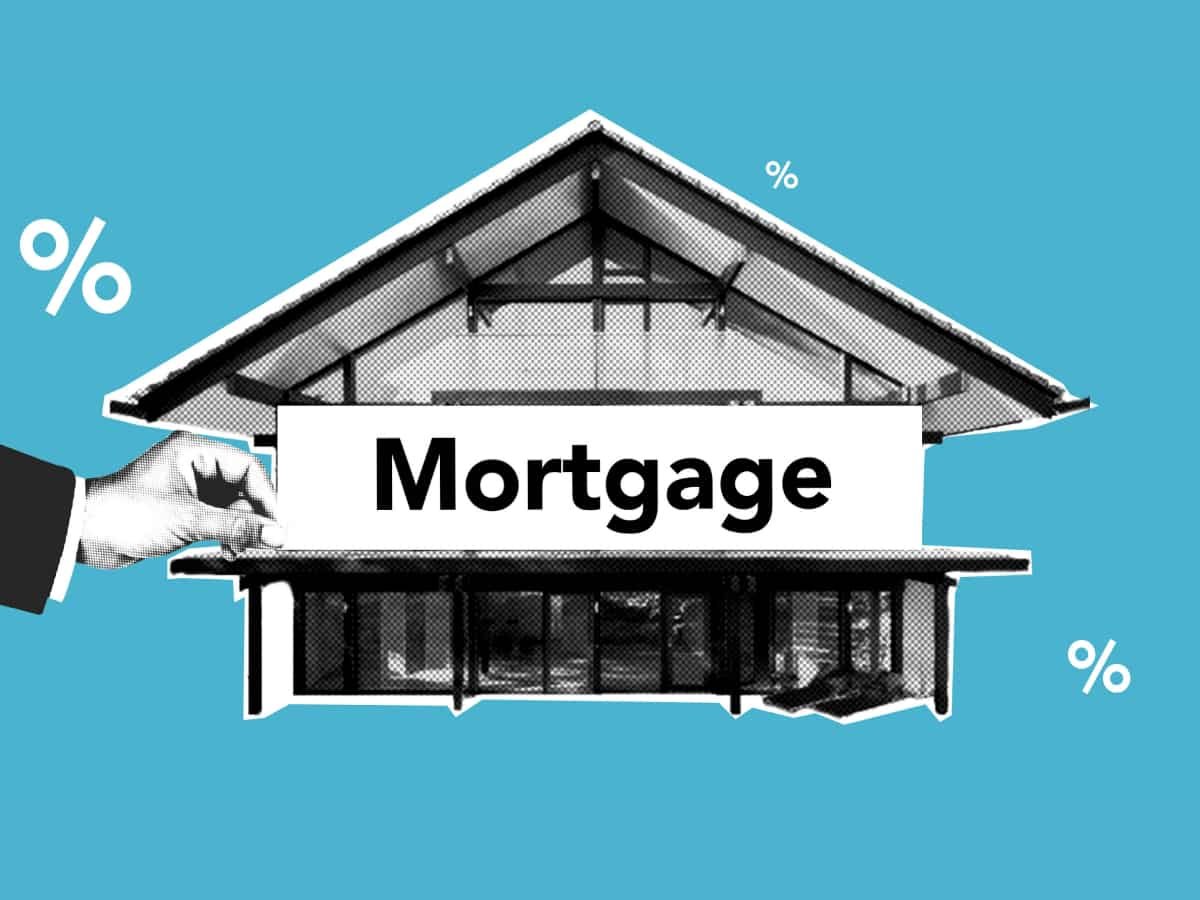A mortgages is one of the most significant financial commitments most individuals will make in their lifetime. It is a loan secured by real property, typically used by homebuyers to finance the purchase of a home. This article delves into the intricacies of mortgages, including their types, the application process,enefits, drawbacks, and tips for managing a mortgage effectively.
What is a Mortgage?
A mortgage is a loan provided by a lender to a borrower to purchase a home or other real estate. The property itself serves as collateral for the loan. If the borrower fails to make payments, the lender can foreclose on the property, selling it to recover the loan amount.
Key Components of a Mortgage
- Principal: The amount borrowed to purchase the property.
- Interest: The cost of borrowing the principal, usually expressed as an annual percentage rate (APR).
- Term: The length of time over which the loan must be repaid, commonly 15, 20, or 30 years.
- Monthly Payment: The regular payment made to the lender, which includes both principal and interest, and may also include property taxes and insurance.
Types of Mortgages
Mortgages come in various forms, each with unique features suited to different financial situations and goals. Here are the most common types:
Fixed-Rate Mortgage
A fixed-rate mortgage has an interest rate that remains constant throughout the loan term. This means the monthly payment of principal and interest remains the same, providing stability and predictability for the borrower.
Adjustable-Rate Mortgage (ARM)
An adjustable-rate mortgage has an interest rate that may change periodically, typically in relation to an index, resulting in varying monthly payments. ARMs often start with a lower interest rate than fixed-rate mortgages, making them attractive for some borrowers. However, the rate can increase significantly over time.
Interest-Only Mortgage
With an interest-only mortgage, the borrower pays only the interest for a specified period, usually 5 to 10 years. After this period, the loan converts to a standard mortgage, with higher payments that include both principal and interest. This type of mortgage can be risky if the borrower is not prepared for the higher payments later.
FHA Loans
FHA loans are insured by the Federal Housing Administration and are designed for low-to-moderate-income borrowers who may have lower credit scores. These loans require a lower down payment than conventional loans.
VA Loans
VA loans are guaranteed by the U.S. Department of Veterans Affairs and are available to eligible veterans, active-duty service members, and certain members of the National Guard and Reserves. These loans often require no down payment and offer competitive interest rates.
Jumbo Loans
Jumbo loans exceed the conforming loan limits set by the Federal Housing Finance Agency (FHFA). They are used to finance luxury properties or homes in high-cost areas and typically require a higher credit score, a larger down payment, and more stringent underwriting standards.
The Mortgage Application Process
Applying for a mortgage involves several steps, from preparing your finances to closing on your new home. Here’s a step-by-step guide:
1. Assess Your Financial Situation
Before applying for a mortgage, it’s crucial to evaluate your financial health. This includes checking your credit score, reviewing your debt-to-income ratio, and saving for a down payment and closing costs.
2. Get Pre-Approved
Getting pre-approved for a mortgage gives you an idea of how much you can borrow and shows sellers that you are a serious buyer. This process involves submitting financial documents to a lender, who will evaluate your creditworthiness and issue a pre-approval letter.
3. Choose the Right Mortgage
Select a mortgage type that suits your financial situation and goals. Consider factors like interest rates, loan terms, and down payment requirements.
4. Submit a Formal Application
Once you find a property and have your offer accepted, you’ll submit a formal mortgage application. This involves providing detailed financial information and documentation.
5. Underwriting
During underwriting, the lender thoroughly reviews your financial situation, employment history, and the property you wish to purchase. This process ensures you meet the lender’s criteria and can afford the mortgage.
6. Closing
If the underwriting process is successful, you’ll proceed to closing. At closing, you’ll sign the mortgage documents, pay closing costs, and take possession of your new home.
Benefits of a Mortgage
Mortgages offer several benefits that make them an attractive option for many homebuyers:
Homeownership
A mortgage allows individuals to purchase a home without paying the full price upfront. This enables many people to achieve homeownership, which can provide stability, a sense of community, and the opportunity to build equity.
Tax Benefits
In many countries, mortgage interest and property taxes are tax-deductible, reducing the overall cost of homeownership. These deductions can be significant, especially in the early years of the mortgage when interest payments are higher.
Investment Opportunity
Real estate can be a valuable long-term investment. As you pay down your mortgage and property values appreciate, you build equity, which can be tapped into for future financial needs or retirement.
Forced Savings
A mortgage acts as a form of forced savings. With each payment, you reduce the principal balance, gradually increasing your ownership stake in the property.
Drawbacks of a Mortgage
While mortgages have many advantages, there are also potential drawbacks to consider:
Long-Term Debt
A mortgage is a long-term financial commitment, often lasting 15 to 30 years. This debt can be burdensome, especially if your financial situation changes unexpectedly.
Interest Costs
Over the life of the loan, you may pay a significant amount in interest. Even with a low-interest rate, the total interest paid can be substantial due to the long loan term.
Risk of Foreclosure
If you fail to make mortgage payments, you risk foreclosure, which can lead to the loss of your home and damage your credit score. This can have long-lasting financial and emotional consequences.
Maintenance and Upkeep
As a homeowner, you’re responsible for maintaining and repairing the property. These costs can add up over time, requiring careful budgeting and financial planning.
Tips for Managing a Mortgage
Effectively managing your mortgage can help you avoid financial pitfalls and make the most of your investment. Here are some tips:
1. Create a Budget
Establish a budget that includes your mortgage payment, property taxes, insurance, and maintenance costs. This will help you manage your finances and avoid falling behind on payments.
2. Build an Emergency Fund
Having an emergency fund can provide a financial cushion if you encounter unexpected expenses or income loss. Aim to save at least three to six months’ worth of living expenses.
3. Consider Refinancing
If interest rates drop or your financial situation improves, consider refinancing your mortgage. Refinancing can lower your monthly payments, reduce your interest rate, or shorten your loan term.
4. Make Extra Payments
Making extra payments toward your principal can help you pay off your mortgage faster and save on interest. Even small additional payments can make a significant difference over time.
5. Stay Informed
Stay informed about changes in the real estate market, interest rates, and tax laws. This knowledge can help you make informed decisions about your mortgage and overall financial strategy.
Conclusion
A mortgage is a powerful tool that can help you achieve homeownership and build wealth over time. By understanding the different types of mortgages, the application process, and the benefits and drawbacks, you can make informed decisions that align with your financial goals. Proper management of your mortgage, including budgeting, building an emergency fund, and considering refinancing, can help you maximize the benefits and minimize the risks associated with this significant financial commitment.
In conclusion, while a mortgage is a long-term financial commitment, with careful planning and management, it can be a stepping stone to financial stability and growth. Whether you are a first-time homebuyer or an experienced homeowner, understanding the intricacies of mortgages will empower you to make the best decisions for your financial future.
Feel free to ask if you need more detailed information on any specific section or if you have other questions.











